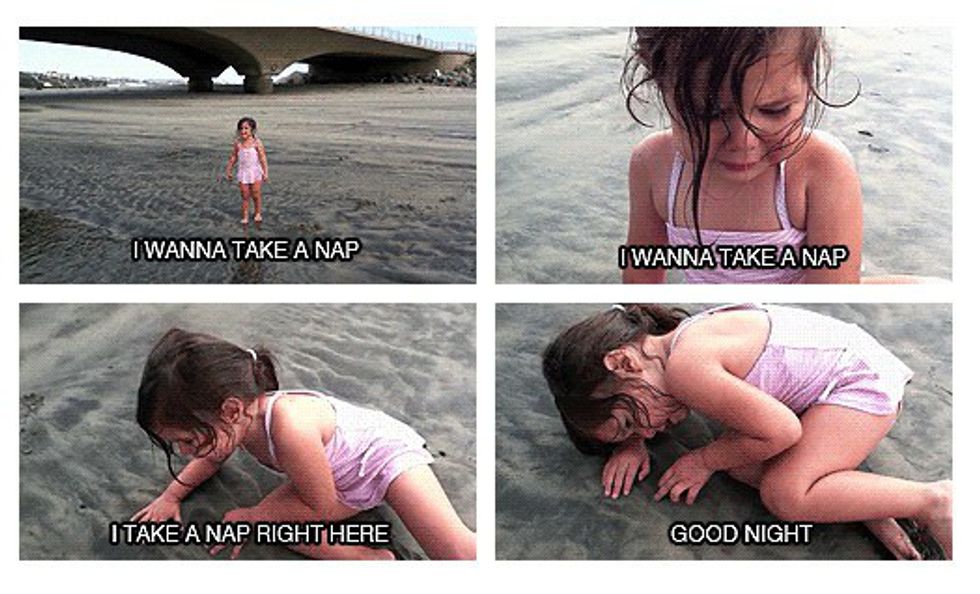Once there was a small child whose mother demanded he take a nap. The child kicked, and screamed, and wailed, not wanting to have anything to do with this "said nap." Yet the small child eventually grew up to be a young adult scraping by in his hustle-and-bustle life. Now this adult spends his day thinking, "Ahh what I would give for a nap right about now."
Sound about right?
It's funny how things work. We always seem to want what we can't have. But what if I were to tell you a nap isn't something we simply want to have ... It's actually something we are designed to have?
That's right, I said it! Studies have shown that when people are left alone, free of daylight (or lack thereof) and displayed time, they will actually sleep for one long period at night and one brief period during the "afternoon" (typically around 3 p.m.). Thus, our bodies' circadian rhythms are inclined to include a daily nap.
But it would be a disgrace to naps everywhere to just generalize them as "one brief period during the 'afternoon.'" No, no. They are much more than that. A successful nap is an actively inactive productive investment in one's self, aimed toward the greater good of humanity.
You might be thinking, "What's so special about a nap?" Ahh, my dear Watson, it is so much more than just a mid-day snooze.
Researchers at Saarland University (Germany) concluded that sleep spindles (necessary for memory consolidation) produced during longer naps allow for easier information recall. The more sleep spindles produced, the increased ability to learn. So whether you are working or are in school, taking naps could ultimately lead to better comprehension and retention of new information.
Naps also combat the common decline in attention, alertness, and performance seen during the afternoon lull. All it takes is about 20 minutes for a nap to already help replenish your exhausted supply of energy. This is really important to consider before taking the wheel or dismissing your drowsiness in potentially harmful situations. After all, it is mid-afternoon when most fatal accidents occur.
But who needs naps when you have coffee or caffeine, right?! WRONG. Naps have actually been seen to equal your emergency alternative source of energy, all the while avoiding the detrimental health effects of too much coffee or caffeine. (Don't worry, my coffee addicts, you don't have to give up coffee altogether. I will continue to cheers my own morning cup to you!)

Businesses have even begun to see the numerous benefits of naps. By promoting napping within their companies, they have seen small differences in employee behavior. Companies like Google and professional teams like the Arizona Diamondbacks have installed MetroNaps' "EnergyPods" for readily available napping sites (because honestly, finding a spot to nap in public is really uncomfortable — no pun intended).
Did you ever imagine so much could go into "just little old naps?" Now you know why naps are really both an art and a science. If you weren't a raging napaholic before, I'm sure you will be now. It may not be love at first snooze for some, but once you begin to practice masterful napping, there is no going back. Remember, with great power comes great responsibility. Go forth my nappers and nap responsibly!






















